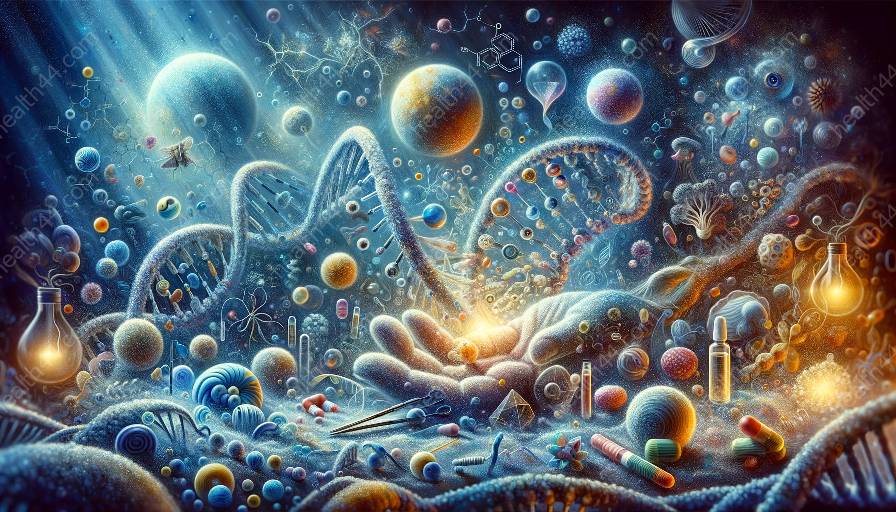Gene delivery and integration into host cells play a crucial role in gene therapy and genetics, offering potential solutions for a wide range of genetic disorders and diseases. Understanding the mechanisms involved in this process is essential for developing effective therapeutic strategies. This article explores the various methods of gene delivery and integration, highlighting their significance and potential applications.
Introduction to Gene Delivery and Integration
Gene delivery and integration refer to the process of introducing genetic material into the cells of an organism and ensuring its stable integration into the host cell's genome. This process is fundamental in gene therapy, a promising field that aims to treat genetic disorders and diseases by correcting or replacing faulty genes. Furthermore, the study of gene delivery and integration is central to the field of genetics, providing insights into the fundamental processes that govern inheritance and gene expression.
Mechanisms of Gene Delivery
Several mechanisms are employed to deliver genes into host cells, each with its unique advantages and challenges. These mechanisms include viral vectors, non-viral vectors, and physical methods of gene delivery.
Viral Vectors
Viral vectors are derived from naturally occurring viruses that have been modified to carry therapeutic genes. These vectors have evolved sophisticated mechanisms for entering host cells and delivering their genetic cargo. They can be highly efficient at gene transfer, as they have evolved to infect host cells and deliver their genetic material. However, the use of viral vectors raises concerns about immunogenicity and potential harmful effects on the host.
Non-Viral Vectors
Non-viral vectors, such as liposomes and polymers, offer alternative gene delivery mechanisms that do not involve viral components. These vectors can be engineered to protect the genetic material and facilitate its transport into target cells. While non-viral vectors may have lower transfection efficiency compared to viral vectors, they are generally considered safer and more versatile for gene therapy applications.
Physical Methods
Physical methods of gene delivery, including electroporation, microinjection, and gene gun delivery, involve the direct introduction of genetic material into cells through mechanical or electrical means. These methods can be useful for specific applications and can be particularly advantageous for delivering genes into specific tissues or organs.
Integration into Host Cells
Once the genetic material has been delivered into the host cells, it must integrate into the cell's genome to ensure stable and heritable expression. The integration process can occur through various mechanisms, including homologous recombination and non-homologous end joining.
Homologous Recombination
Homologous recombination is a precise mechanism of gene integration, where the delivered genetic material undergoes recombination with a homologous sequence in the host cell's genome. This process can result in the replacement of the existing gene with the therapeutic gene, providing a precise method for gene correction.
Non-Homologous End Joining
Non-homologous end joining is a mechanism of integration that can occur in the absence of a homologous sequence. This process involves the direct ligation of the delivered genetic material into the host cell's genome. While less precise than homologous recombination, non-homologous end joining can still result in stable integration of the therapeutic gene.
Significance and Applications
The mechanisms of gene delivery and integration into host cells are of paramount importance in the fields of gene therapy and genetics. Understanding these mechanisms allows researchers to develop novel therapeutic strategies for treating genetic disorders, such as cystic fibrosis, muscular dystrophy, and certain types of cancer. Moreover, insights into gene delivery and integration contribute to the broader understanding of gene expression, regulation, and inheritance.
By elucidating the intricate processes involved in gene delivery and integration, researchers can continue to refine and tailor gene therapy approaches to maximize efficacy and minimize potential risks. This knowledge also fuels advancements in genetic engineering, offering new possibilities for addressing inherited diseases and developing personalized medicine.


